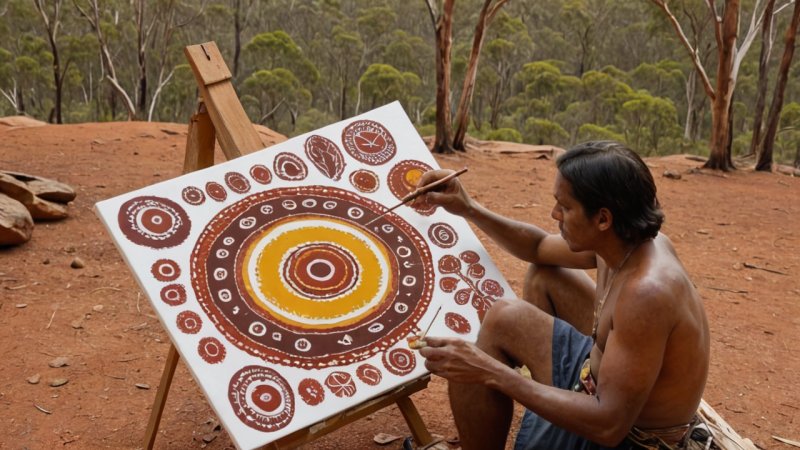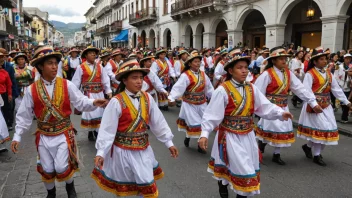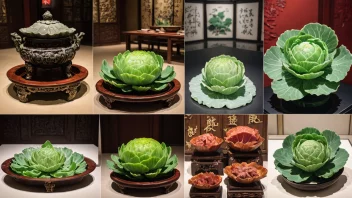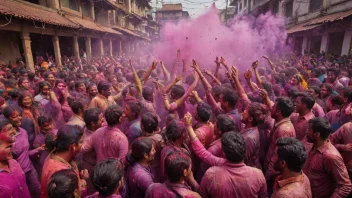Indigenous Australian cultures are rich with history, spirituality, and artistic expression that reflect their deep connection to the land and their ancestors. Art plays a pivotal role in preserving these traditions and conveying stories that span thousands of years. From ancient rock paintings to contemporary artworks, the role of art in Indigenous Australian cultures is not merely decorative; it is a fundamental aspect of their identity and heritage.
One of the most significant forms of Indigenous Australian art is rock art, which can be found in various locations across the continent. Sites like Kakadu National Park are home to thousands of rock paintings that depict Dreamtime stories—myths and beliefs that explain the creation of the world and the laws of nature. These artworks serve as a historical record, providing insights into the social and spiritual lives of Indigenous peoples.
Another prominent art form is dot painting, which originated from the Central and Western Desert regions. Artists use dots of paint to create intricate designs that often represent their ancestral lands, flora, and fauna. Each piece tells a unique story, interwoven with cultural significance and personal meaning. The popularity of dot painting has led to a resurgence of interest in Indigenous art, helping to sustain communities economically and culturally.
Art is also a means of cultural expression and identity. For many Indigenous Australians, creating art is a spiritual practice that honors their ancestors and the land. The use of natural materials, such as ochre, bark, and wood, emphasizes their connection to the environment and showcases traditional techniques passed down through generations. Artworks often feature motifs inspired by the natural world and are imbued with symbolism that conveys important cultural messages.
In addition to traditional forms, contemporary Indigenous artists are gaining recognition on the global stage. They blend traditional practices with modern techniques, addressing contemporary issues while remaining rooted in their cultural heritage. Artists like Rover Thomas and Emily Kame Kngwarreye have made significant contributions to the art world, bringing Indigenous perspectives to broader audiences and challenging stereotypes.
Visiting art centers and galleries across Australia offers travelers a unique opportunity to engage with Indigenous cultures. The National Gallery of Australia and local art cooperatives showcase Indigenous artworks, providing insight into the artists’ backgrounds and the stories behind their creations. Many art centers also offer workshops where visitors can learn traditional techniques and create their own pieces under the guidance of local artists.
The role of art in Indigenous Australian cultures extends beyond aesthetics; it is a vital form of communication and a way to maintain cultural continuity. By understanding and appreciating Indigenous art, travelers can gain a deeper respect for the cultures that have thrived on this land for millennia. As you embark on your journey through Australia, take the time to explore the rich tapestry of Indigenous artistry, and celebrate the stories and traditions woven into each piece.






